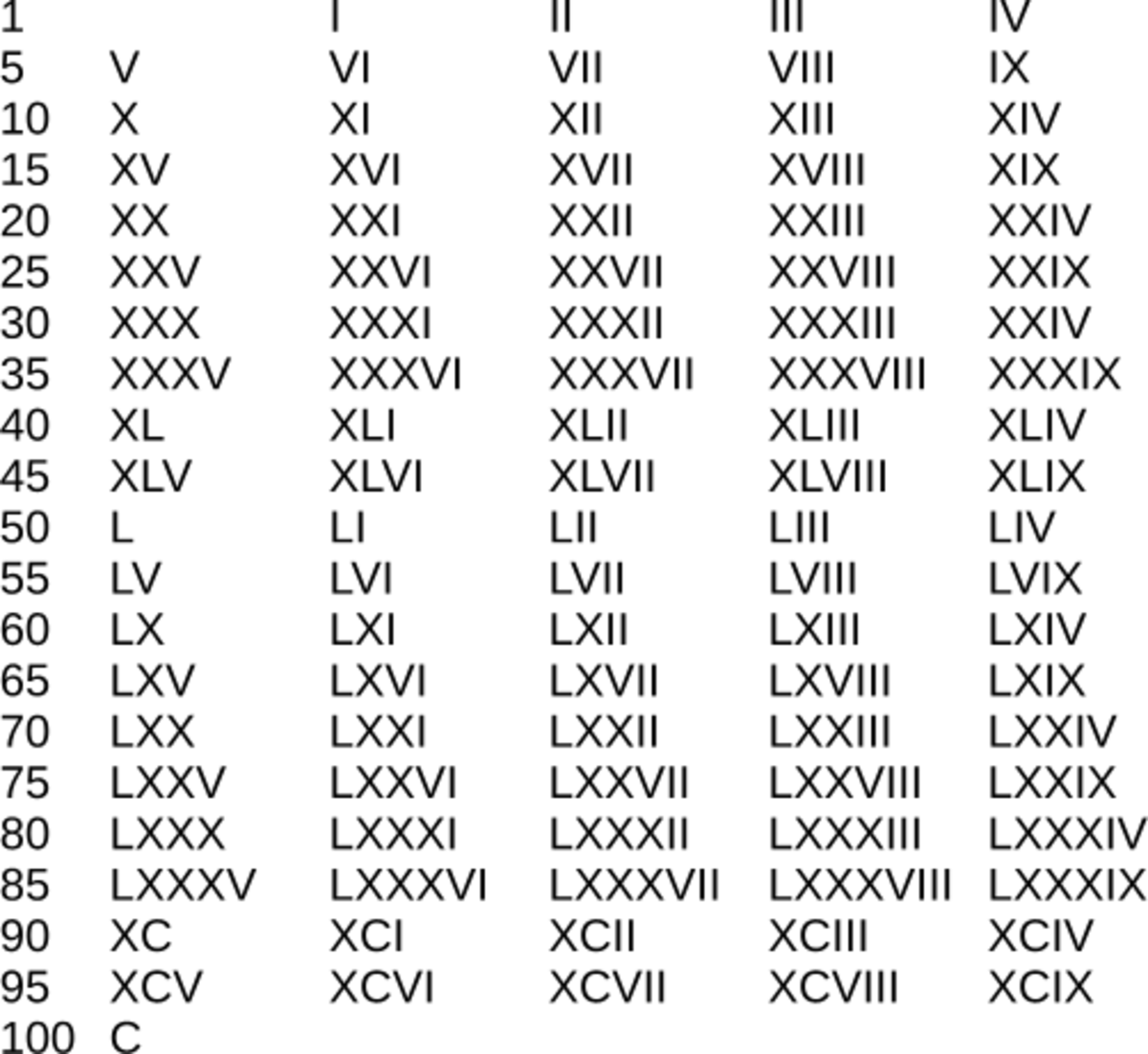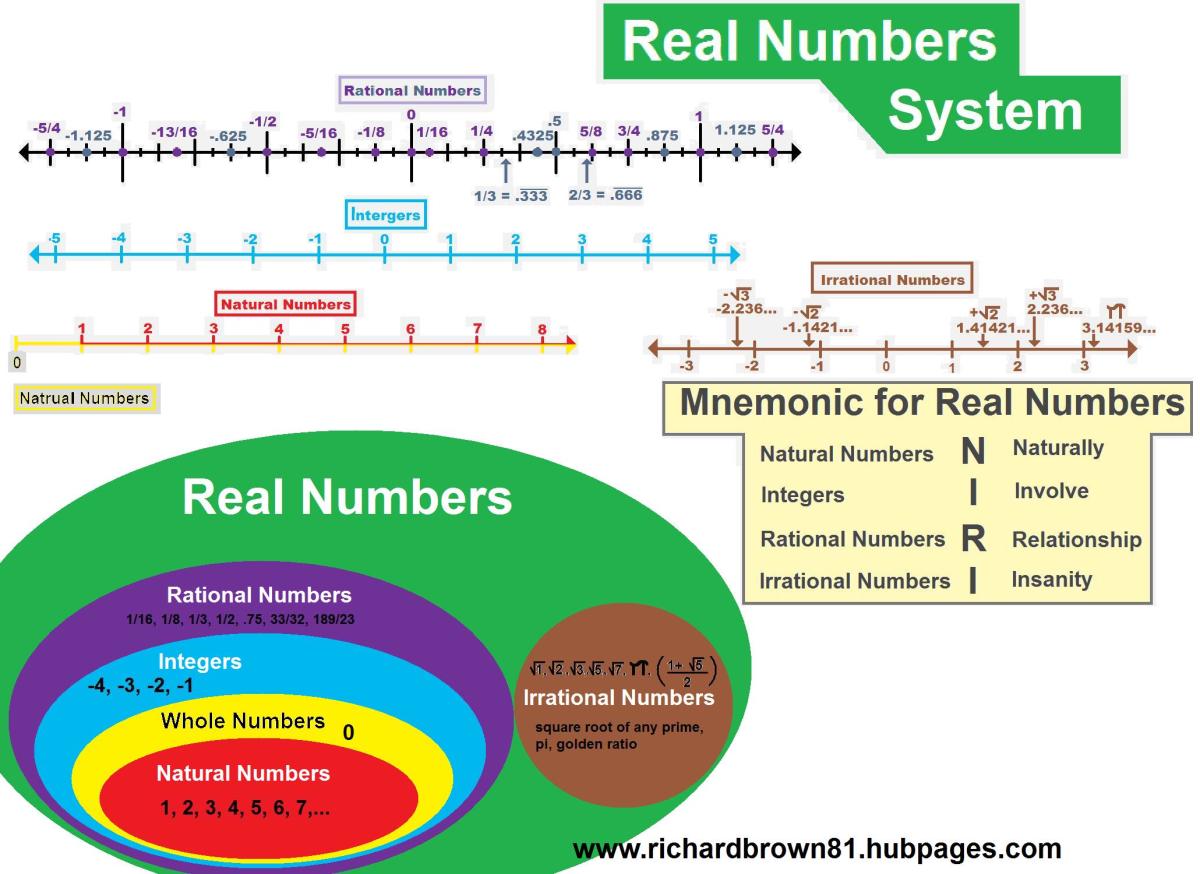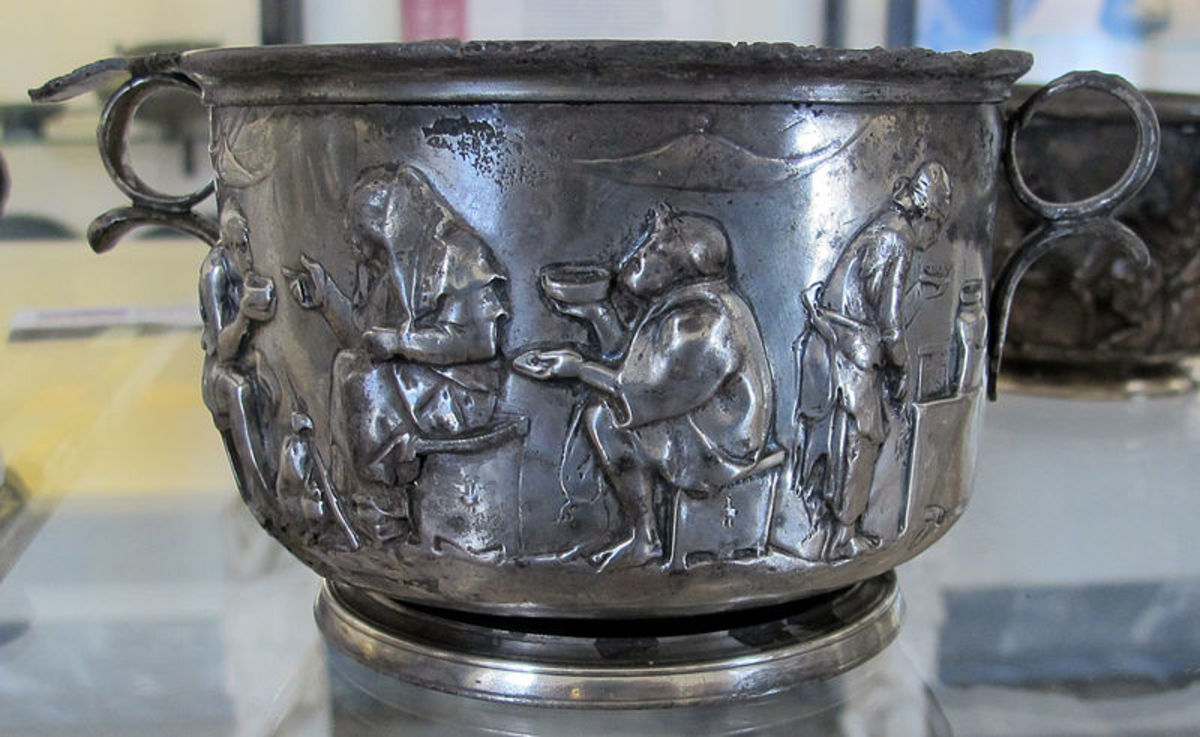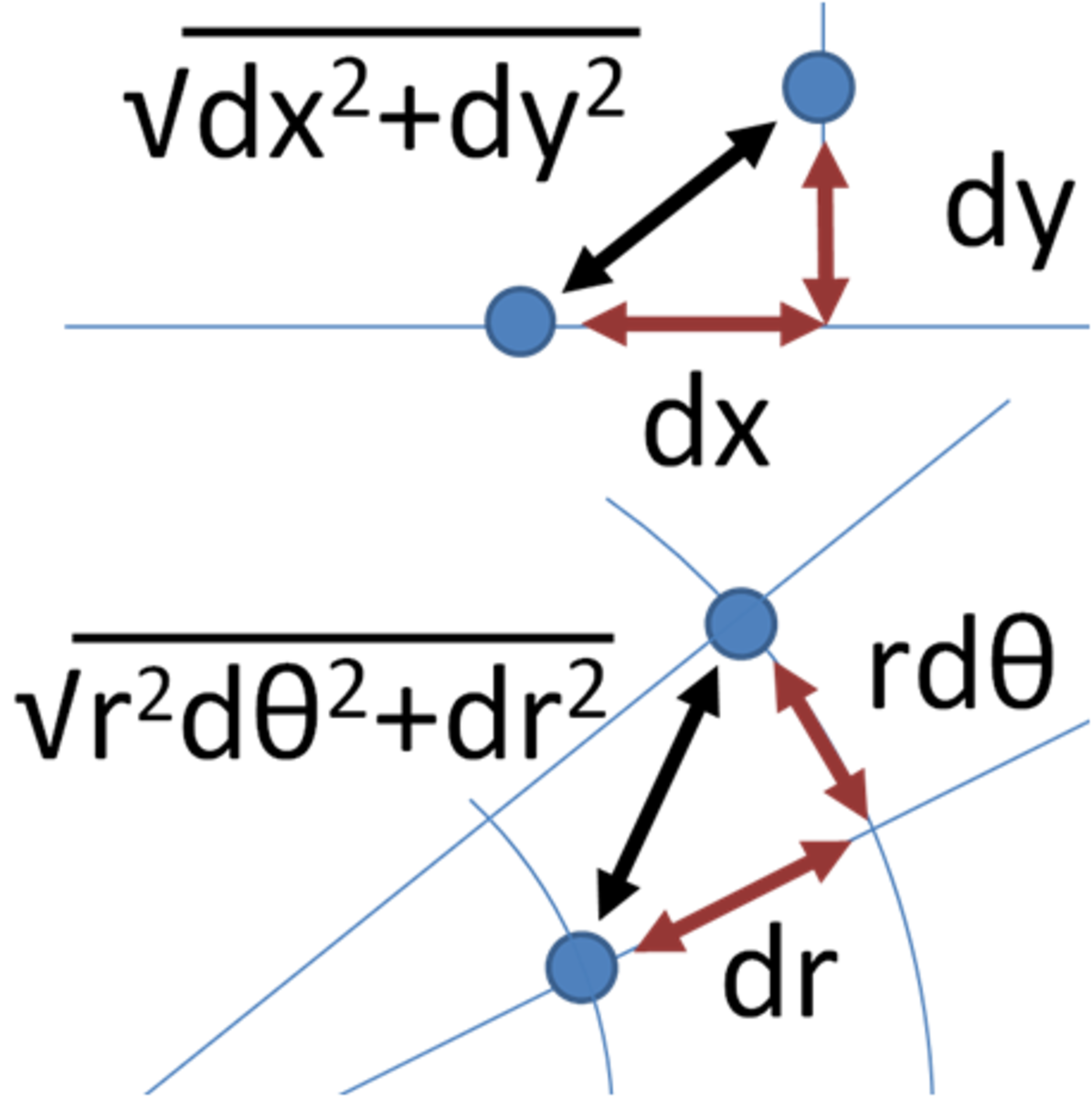Chinese and Roman numbers


The Chinese characters for one, two, and three are just one, two and three parallel horizontal strokes, 一, 二, 三. respectively, while the Roman characters for these three numbers are vertical strokes, I, II, III. For the bigger numbers, the Romans combine their symbols, so VII meant 5+1+1 or seven, so do Chinese, 十一 in Chinese is 10 + 1 and 十二 is 10 + 2, and so on.
So we may conclude that both Chinese and Romans used a remnant of ancient unary numeral systems. The unary numeral system is the base-1 numeral system. It is the simplest numeral system to represent natural numbers: in order to represent a number N, an arbitrarily chosen symbol representing 1 is repeated N times, such as the horizontal stroke in Chinese and the vertical stroke in Romans.
But unary system is inconvenient for representing large numbers. Both Roman and Chinese use variations and gradually those variations evovled into new symbols. Two of these new symbols are five and ten. Five in Romams are represented by V, in Chinese by 五, while ten by X and 十, respectively.
I or II or III are different numbers of fingers held up. If you look at a hand hand, you can see that the thumb and little finger make a V, and the number 4 is written as IV, as It is a hand with the thumb turned down. In Chinese handwriting, five is written as two > (a V turned anti-clock-wisely 90 degrees) crossed each other put another stroke at the bottom, altogether are five fingers.
It's most obvious number ten in both Romans and Chinese used two crossed strokes, Ten fingers are both hands, so the two V's make an X. The X in Romans can be simply treated as a variant of that in Chinese, you turn a upright cross symbol anti-clockwisely 45 degrees to make an X!
To prevent fraud when writing checks and other cases where fraud is possible, Chinese also uses a series of more complex characters for the numbers. It is easy to change a "one" into a "two" in regular characters, but with the formal complex characters, this is impossible. But I don't know if there is a formal Roman number as well.








